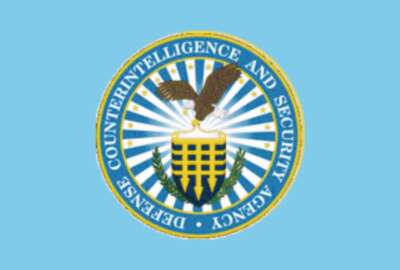Call for new astronauts garners 6,000 applicants
NASA recently put out a call for new applicants to ensure that its astronaut corps is fully stocked for upcoming missions to the International Space Station. Mo...
wfedstaff | June 4, 2015 5:25 pm
Even without a manned space launch program, NASA needs to keep about 60 astronauts trained and ready to meet its mission at the International Space Station. And a significant number of people left the astronaut corps when the shuttle program ended.
Luckily, a near-record number of people applied to join the astronaut program for this year’s incoming class — a number NASA hasn’t seen since the late 1970s.
“The astronaut job is a pretty cool job,” said Duane Ross, manager of astronaut selection and training at NASA’s Johnson Space Center. “You get to train and go fly in space, and so it’s obviously a position folks would be interested in applying for.” 
“We need a variety of different people with a variety of different backgrounds — engineers, scientists, pilots, medical doctors, those kinds of things,” Ross said. “The thing we need for them to be able to do when they get here is the operational job that an astronaut does. It’s a practical, technical, hands-on type of activity.”
Now that the shuttle program has ended and the focus has shifted to longer missions aboard the International Space Station, NASA has altered its astronaut training accordingly.
“It’s primarily International Space Station systems training,” Ross said. “Anybody we send to the space station, you have to expect them to do everything that comes along. So everyone may have to do a space walk. Everyone may have to do robotics. All of that training is part of their basic training program.”
Since NASA is working closely with the Russian space program, new astronauts will receive Russian language training as well.
One of the challenges facing this new class will be adapting to the technology that has yet to be developed for the commercial crew launch systems, which they’ll likely be working on, given NASA’s long-term schedule.
“The systems for the commercial vehicle certainly aren’t mature enough at this point that we could start building any kind of training scenario around them,” Ross said. “But once you get the basic skills of working with systems and dealing with systems, no matter what your spaceship looks like, a lot of those systems are going to be similar.”
NASA has until spring 2013 to review the 6,372 applications it’s received and winnow it down to the final 10 to 15 slots it needs to fill.
RELATED STORIES
Aerospace panel issues space station safety report
Copyright © 2024 Federal News Network. All rights reserved. This website is not intended for users located within the European Economic Area.
Michael O’Connell is senior digital editor of Federal News Network optimizing content for the best user experience. Follow @moconnellWFED
Follow @moconnellWFED






